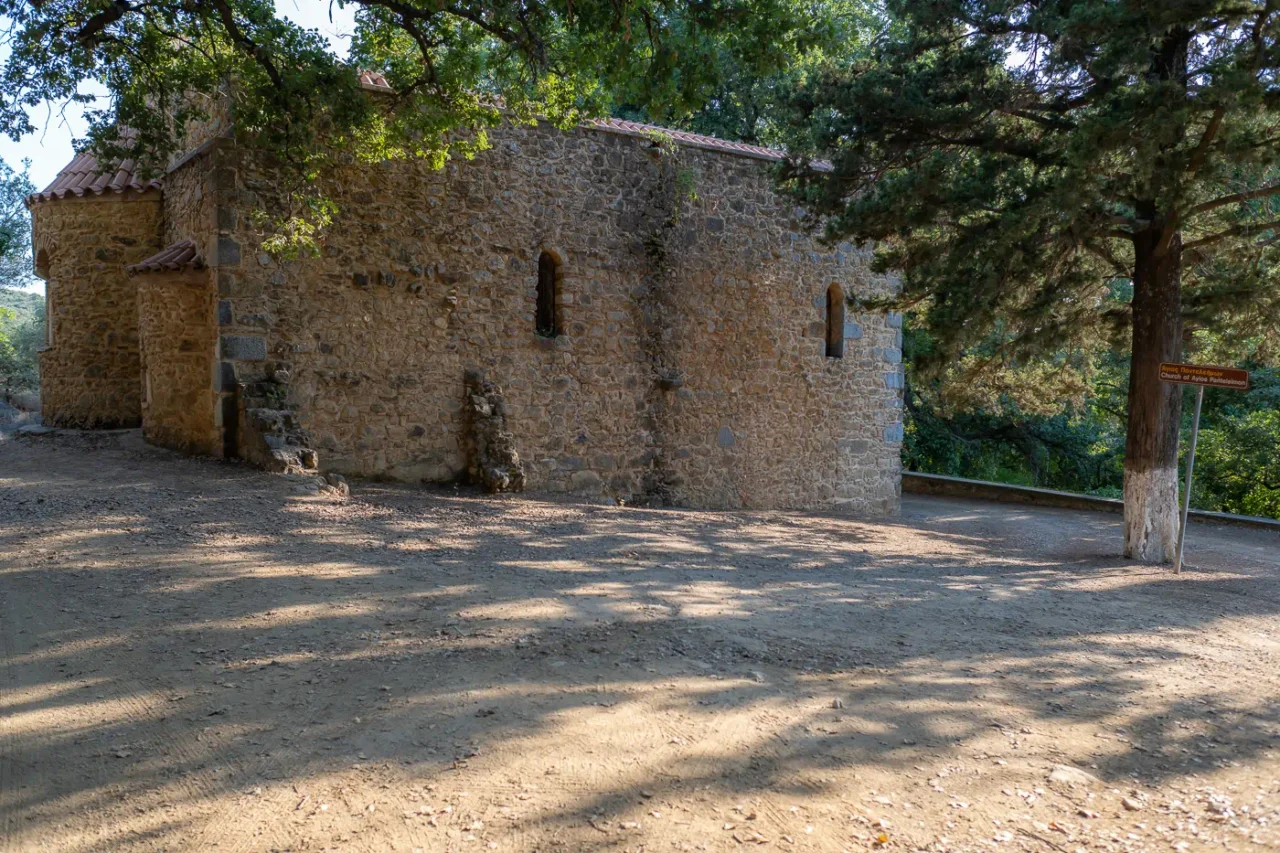
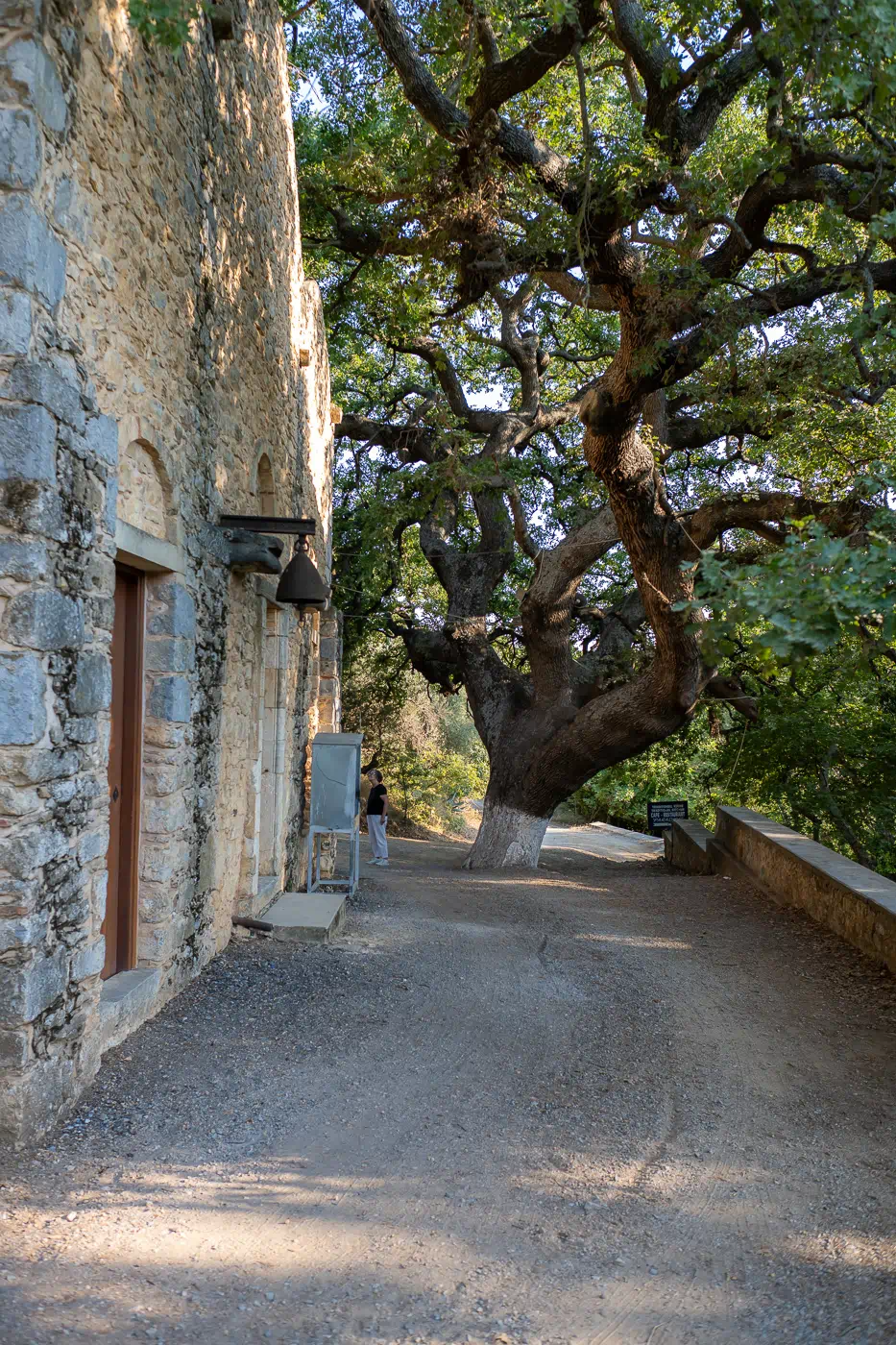
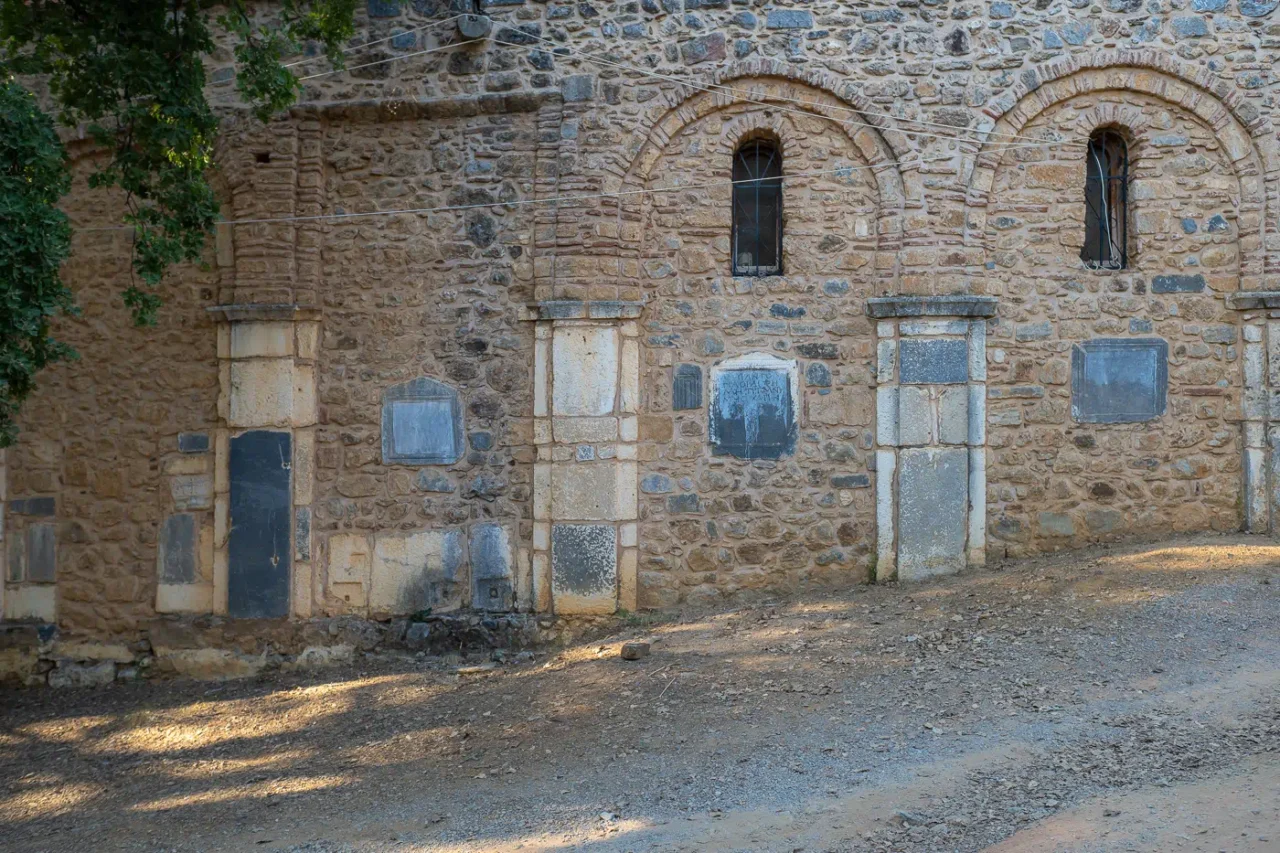
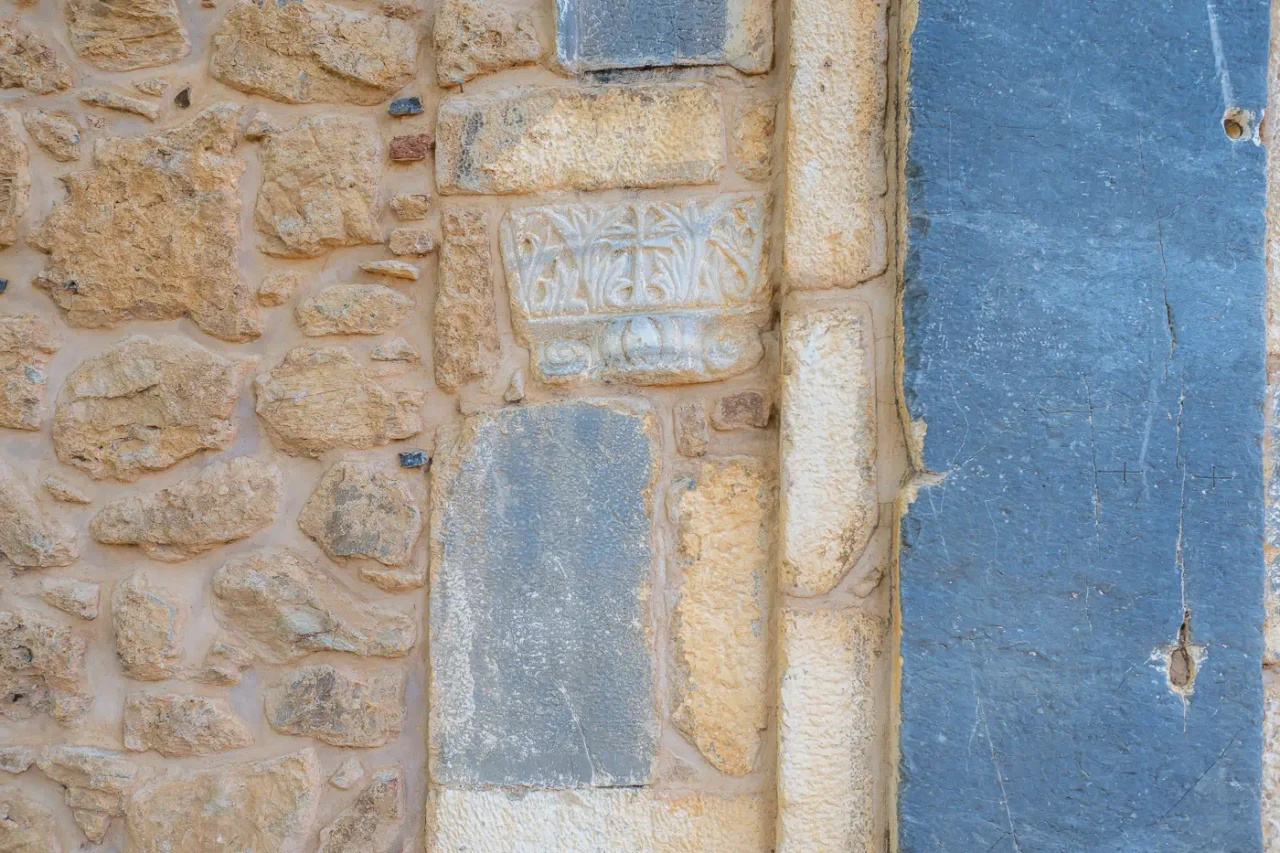
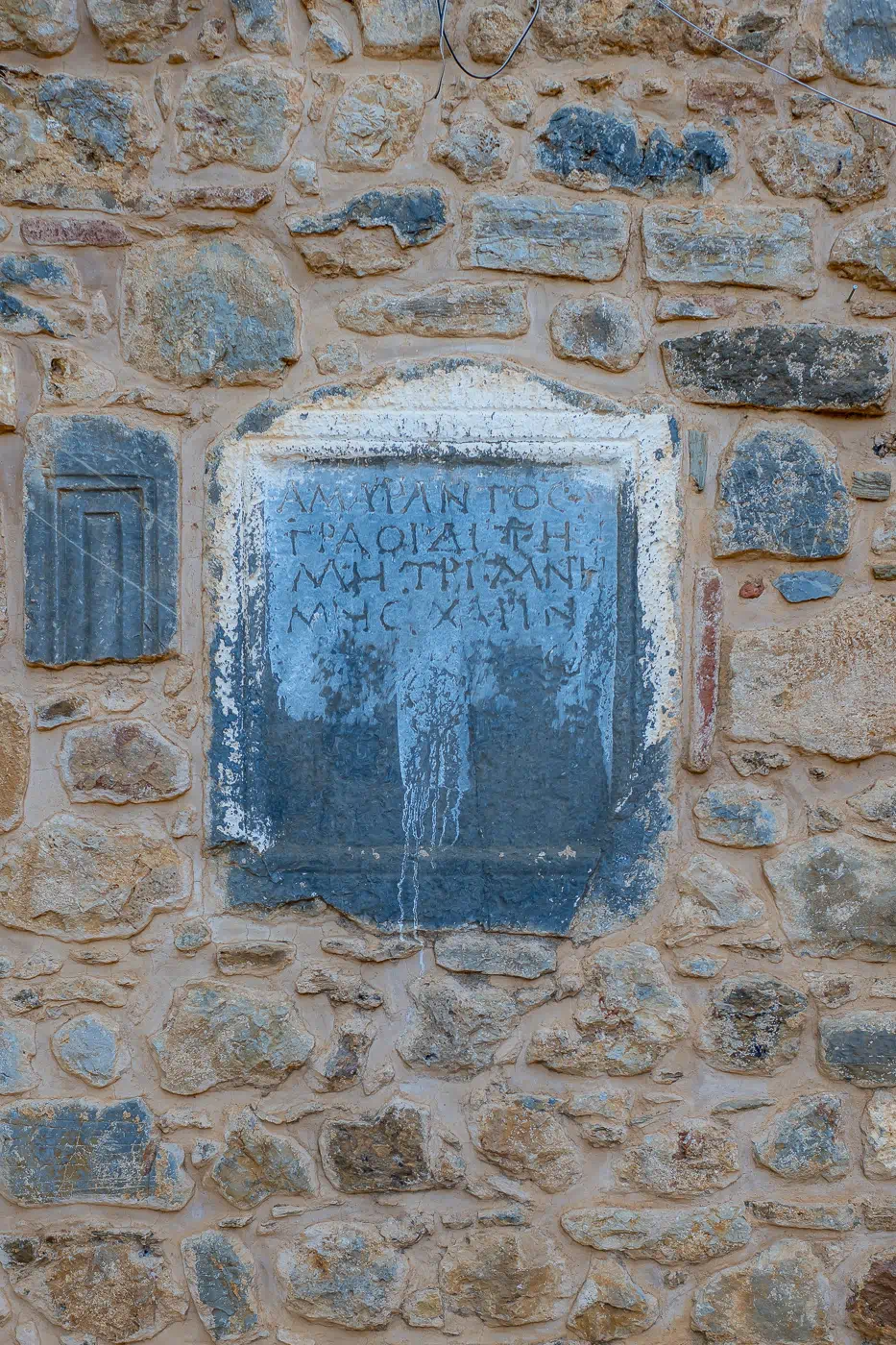
The Church of Agios Panteleimon, located in the tranquil countryside near Bizariano, Crete, stands as a testament to the rich Byzantine heritage of the island. This three-aisled basilica, dedicated to Saint Panteleimon, the healer, and Saint John, showcases a fascinating blend of architectural evolution and artistic expression spanning several centuries.
Architectural Features
The church’s architectural history is a story of resilience and adaptation. The original structure, dating back to the mid-11th century, was a cross-in-square church with a dome. However, due to factors like the sloping terrain and possibly seismic activity, the building suffered collapses and underwent several reconstructions.
The eastern wall, with its three semi-circular apses, and parts of the southern wall belong to the original 11th-century structure. The southern wall features four blind arches, a common decorative element in Cretan churches of this period. The eastern two arches are part of the original church, while the western two were added during a 12th-century reconstruction when the church was transformed into a three-aisled vaulted basilica. The remaining walls and the roof, supported by two rows of arches resting on cylindrical columns, date to the 13th century.
One of the church’s unique features is a column composed entirely of four stacked Corinthian capitals, repurposed from an earlier Roman or Byzantine structure. This, along with other marble elements like the ambo and the templon screen, suggests the site’s continuous use and the resourcefulness of the builders.
Artistic Treasures
The church’s interior walls were once adorned with vibrant frescoes, many of which survive in three distinct layers, offering a glimpse into the evolution of Byzantine art in Crete.
-
The First Layer (mid-11th century): This layer, contemporary with the church’s original construction, includes a depiction of Saint Nicholas on the southern wall. The saint is portrayed in a frontal pose, holding a closed Gospel and blessing with his right hand. The style reflects the artistic traditions of Constantinople, the heart of the Byzantine Empire.
-
The Second Layer (late 12th century): This layer corresponds to the period of the church’s reconstruction as a basilica. It features Saints Arsenios and Efthymios on the western part of the southern wall and Saint John the Baptist in the niche of the southern aisle. These figures exhibit a more refined style, with elongated proportions and graceful movements, characteristic of the late Comnenian period.
-
The Third Layer (13th century): This layer represents the final phase of the church’s decoration. It includes scenes of the Melismos (the preparation of the Eucharist) in the central apse, the Communion of the Apostles above it, and the enthroned Virgin Mary flanked by archangels in the conch of the apse. The southern wall showcases full-length figures of Saint Anne nursing the Virgin Mary, Saint George, Saint Theodore, an archangel, a military saint (possibly Saint Demetrios), and Saint George Diasorites (the “Traveling” Saint George). Two guardian archangels, Michael and Gabriel, flank the central entrance on the western wall. This layer reflects a blend of conservative and innovative trends, with some figures adhering to the traditional Byzantine style while others exhibit a more dynamic and expressive approach.
Historical Context
The church’s location in a picturesque natural setting suggests a possible connection to an earlier sacred site, perhaps an Asclepeion or a healing spring. The reuse of architectural elements from ancient Lyttos and the presence of inscriptions further emphasize the site’s historical continuity.
The church’s dedication to Saint Panteleimon, the patron saint of healers, and the possible existence of an agiasma (holy water source) within the church complex reinforce the association with healing and spiritual well-being.
Current State
Although parts of the upper structure and the western wall had collapsed by the late 19th century, the church has been preserved and restored, allowing visitors to appreciate its architectural and artistic treasures. The surviving frescoes offer valuable insights into the artistic styles and religious practices of the Middle Byzantine period. The serene surroundings invite contemplation and reflection on the church’s rich history and its enduring significance as a spiritual and cultural landmark.
Additional Information
- Construction Period: Second half of the 11th century (initial phase), with later modifications in the 12th and 13th centuries
- Location: Near Bizariano, north of Kasteli, Crete
- Dimensions: Three-aisled basilica, external dimensions 12.95 x 10.48 meters
- Historical Significance: An important example of Middle Byzantine architecture and art in Crete, possibly built on the site of an earlier Roman or Byzantine structure. The church’s frescoes provide valuable insights into the artistic styles and religious practices of the period
- Current Status: Preserved and restored, with significant frescoes and architectural features remaining. The church is open to visitors and continues to serve as a place of worship and cultural heritage.
References
- Andrianakis, Michalis. (2016). The Church of Saint Panteleimon at Bizariano(n), Herakleion. Proceedings of the 12th International Congress of Cretan Studies, Heraklion, 21-25.9.2016.
















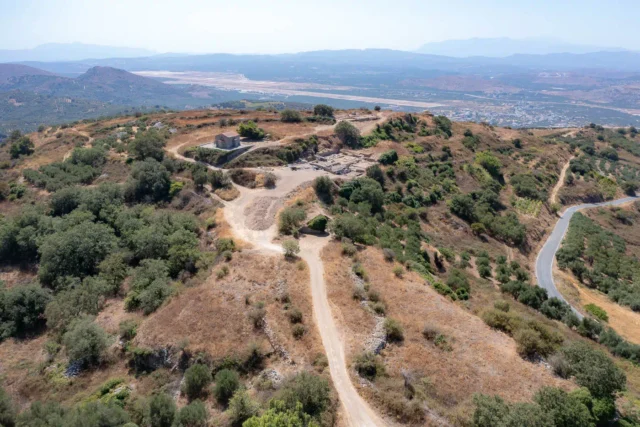

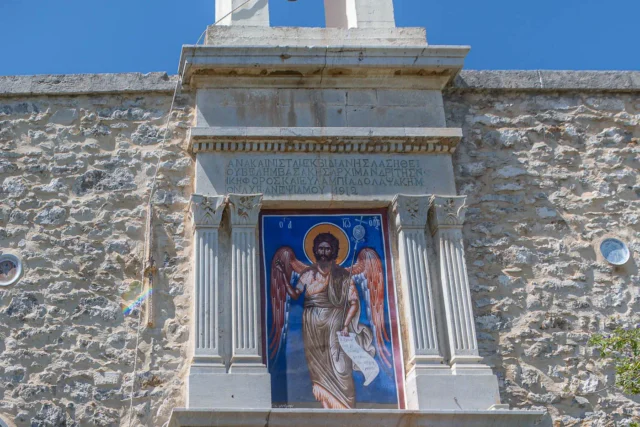

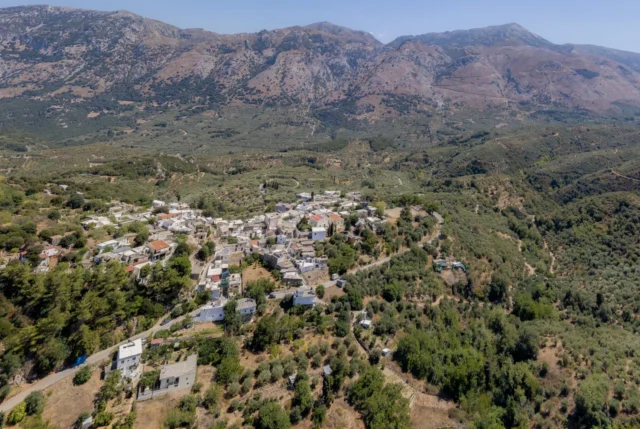
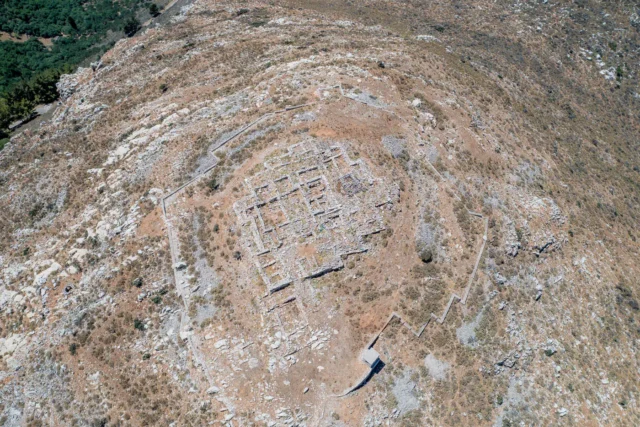
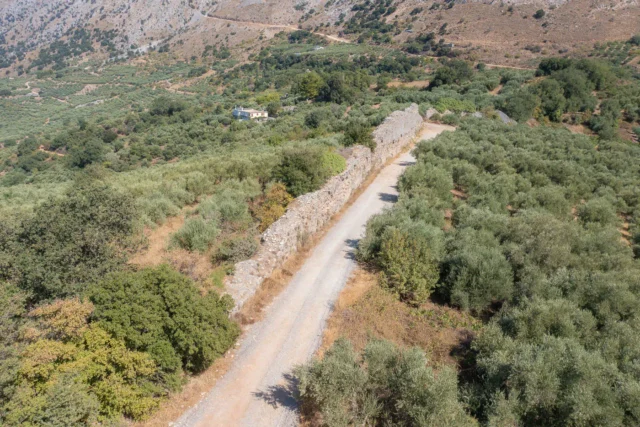

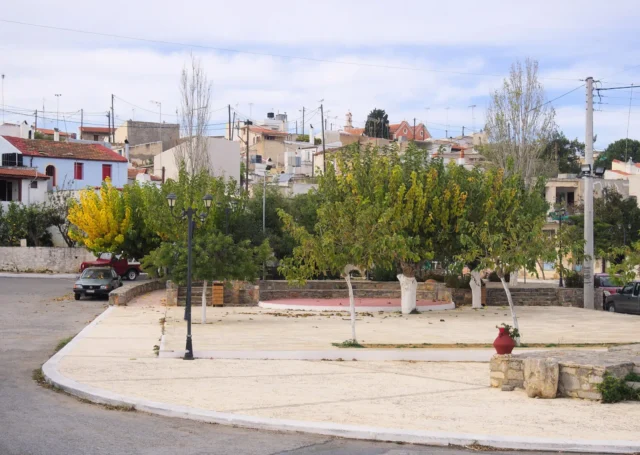


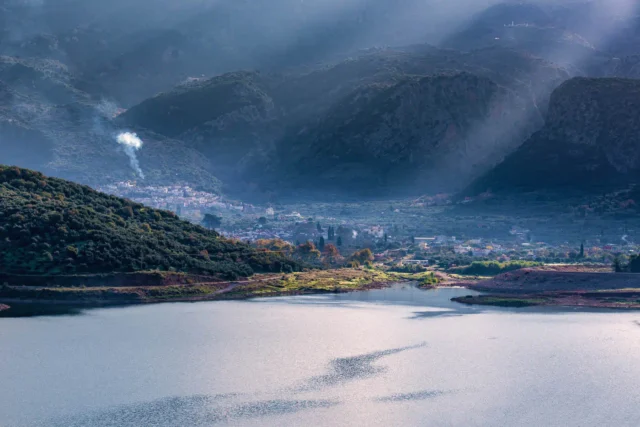
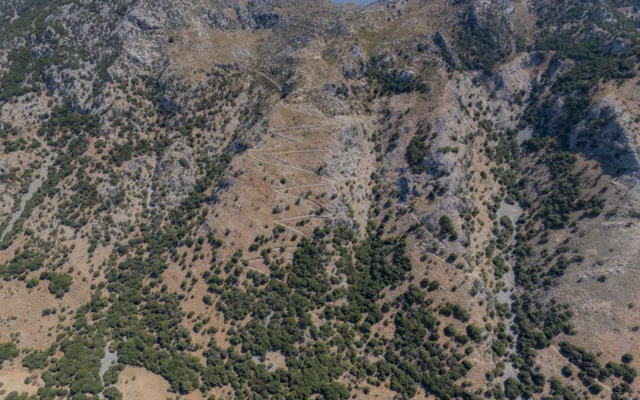
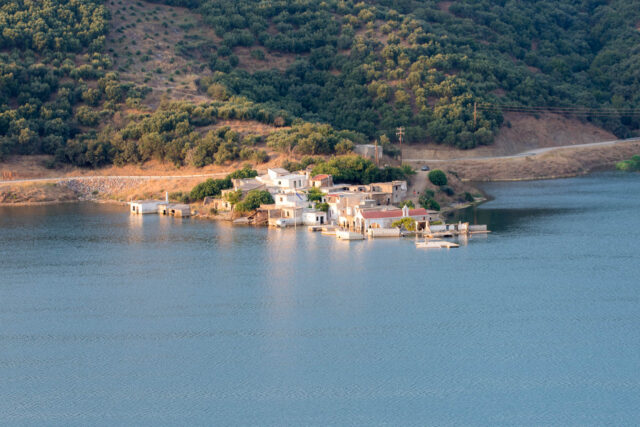

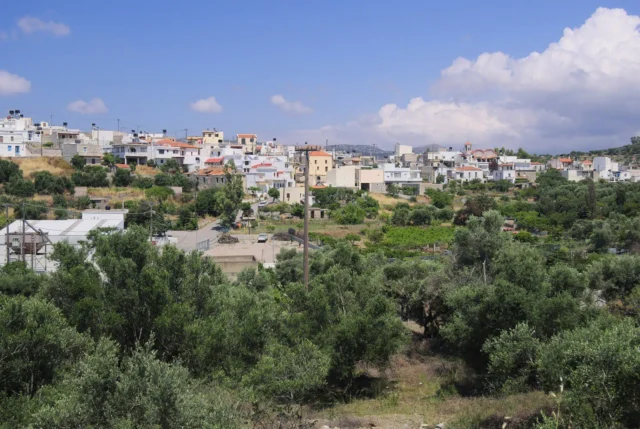
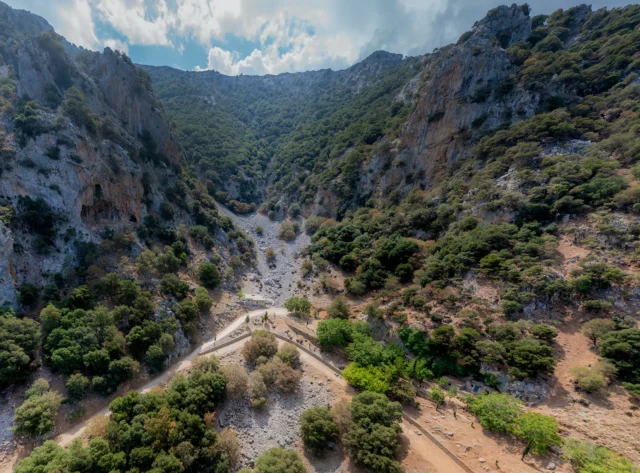
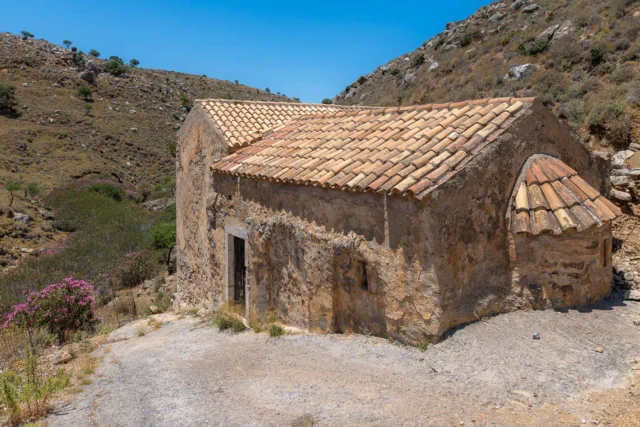

There are no comments yet.